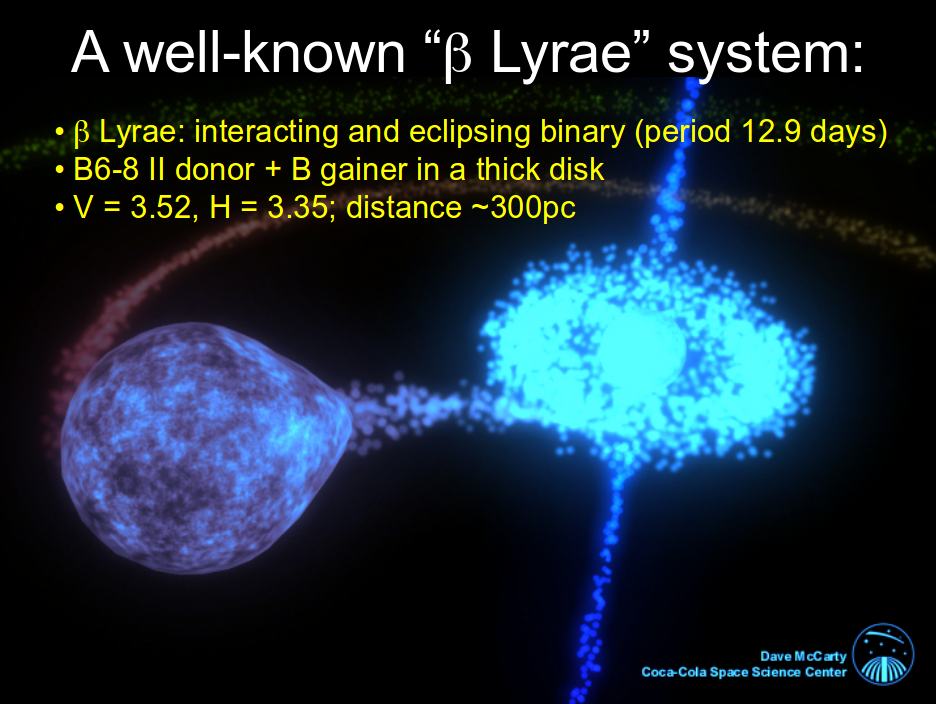
Figure 1 taken from Rucinski et al., arXiv 1803.10569 (2018)
 Copyright © Michael Richmond.
This work is licensed under a Creative Commons License.
Copyright © Michael Richmond.
This work is licensed under a Creative Commons License.
The star known as "Beta Lyrae" is known to vary in brightness, growing brighter and fainter and brighter and fainter with a period of about ... what?
Q: What is the period of this variation?

Figure 1 taken from
Rucinski et al., arXiv 1803.10569 (2018)
One possibility is that this is actually an eclipsing binary star, in which two stars orbiting around each other periodically block each other's light. And, in fact, there is a good deal of additional information one can glean from spectral measurements which support this idea. We think that the system looks something like this:

Image courtesy of
a talk by Ming Zhao
at the 2009 Sagan Symposium
Unfortunately, when one points an ordinary telescope on the Earth's surface at the star, the result is a big, blurry, blob.

Image courtesy of
a talk by Ming Zhao
at the 2009 Sagan Symposium
Rats! The two stars are too close together for ordinary telescopes to separate.
Fortunately, clever astronomers at the University of Georgia have created Center for High Angular Resolution Astronomy (CHARA), a special-purpose collection of telescopes. Scientists can combine the beams of light collected by these telescopes, creating a multi-element interferometer which reveals structure on very fine angular scales.

Image courtesy of
Monnier et al.
Q: What is the longest baseline between telescopes?
Q: What is the wavelength of visible light?
Q: If the angular resolution (in radians) of an interferometer is
λ
θ = ----------
separation
what is the smallest angular feature which can be
resolved by CHARA?
The CHARA team pointed their telescopes at Beta Lyrae during the summer of 2007. On their first good night, they were able to combine the information from the different telescopes to create a rough outline of the positions of each star. Note that the brighter star (shown as darker brown) is on the left-hand side of the pair ...

Image courtesy of
a talk by Ming Zhao
at the 2009 Sagan Symposium
... but several nights later, the brighter star is now on the RIGHT-hand side.

Image courtesy of
a talk by Ming Zhao
at the 2009 Sagan Symposium
After a week or two of observing, the CHARA team was able to plot the size and shape of the orbit of this system. With this information, astronomers can test their models of how gas is stripped from one star and falls toward the other.

Image courtesy of
a talk by Ming Zhao
at the 2009 Sagan Symposium
Just how large is this orbit? Well, if you know the angular size of the orbit, and the distance to the system, you can compute the radius of the orbit in good old linear units such as km or AU.
Q: Are the two stars closer than the Sun is to the Earth?
1 degree
Angular size = 0.0005 arcsec = 0.0005 arcsec * -------------
3600 arcsec
206265 AU
Distance = 300 pc = 300 pc * -----------
1 pc
Linear size of orbit = ___________________ AU
 Copyright © Michael Richmond.
This work is licensed under a Creative Commons License.
Copyright © Michael Richmond.
This work is licensed under a Creative Commons License.